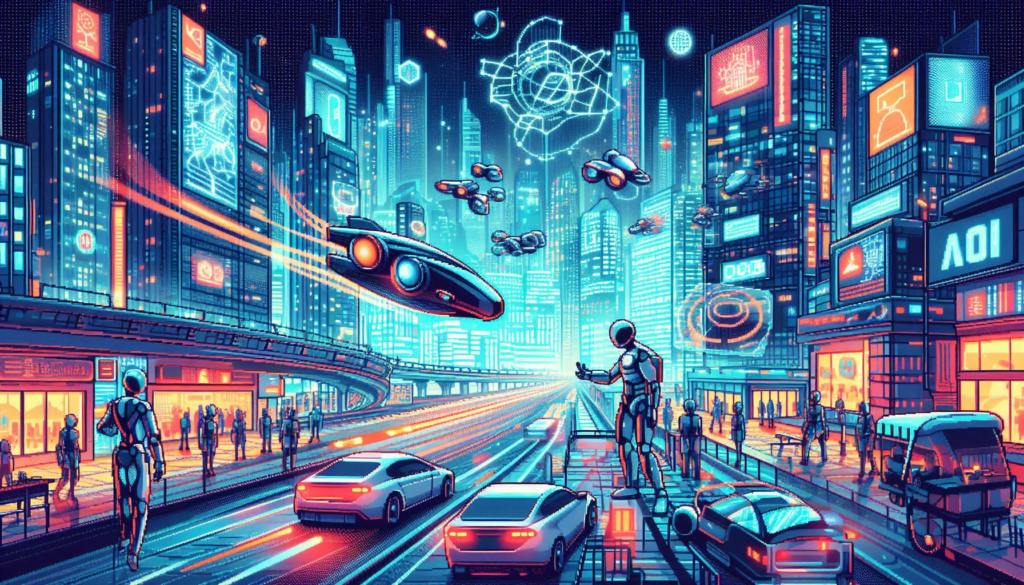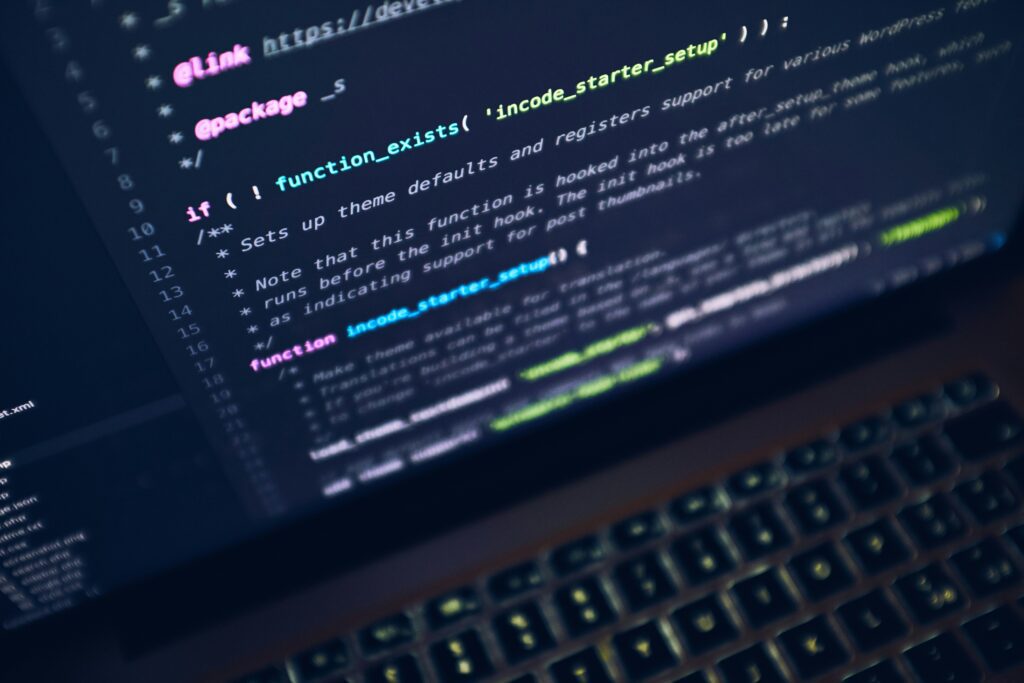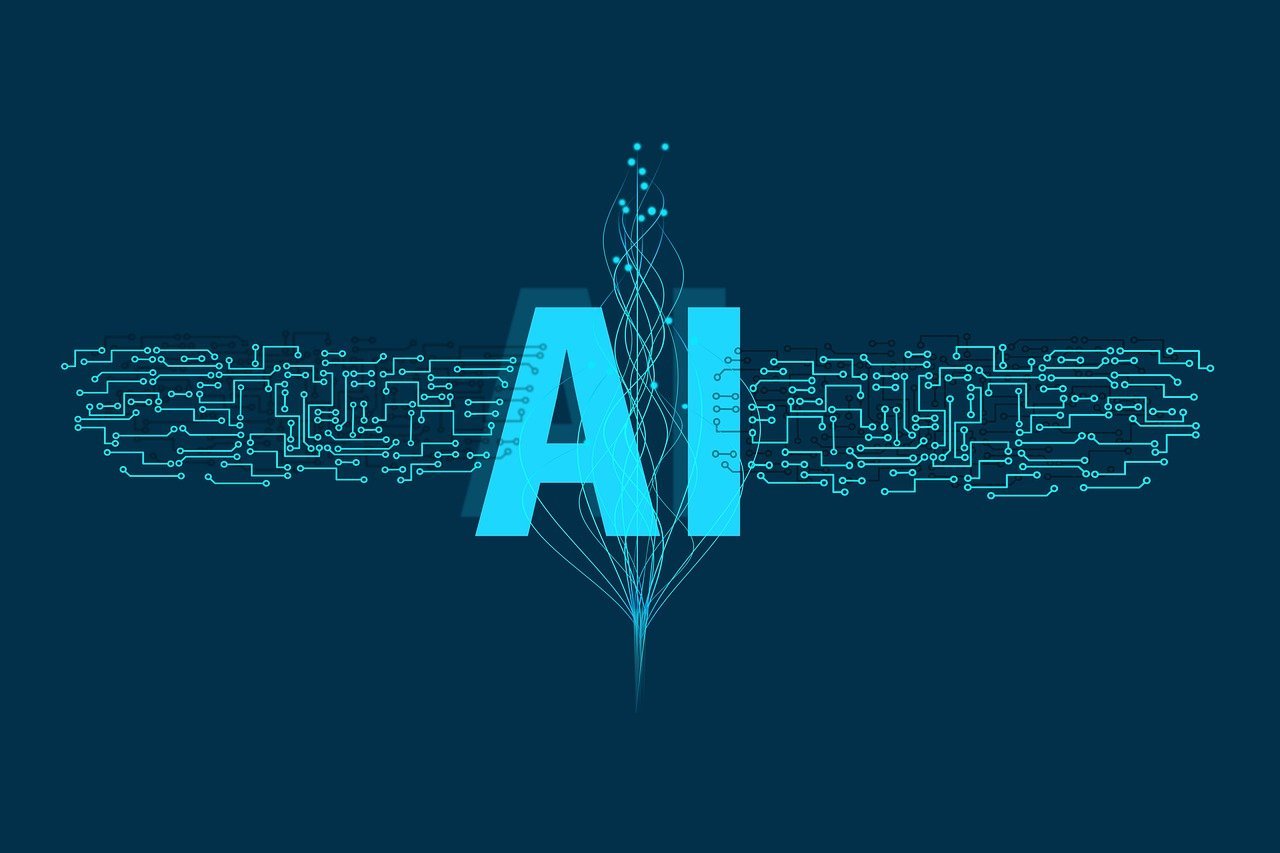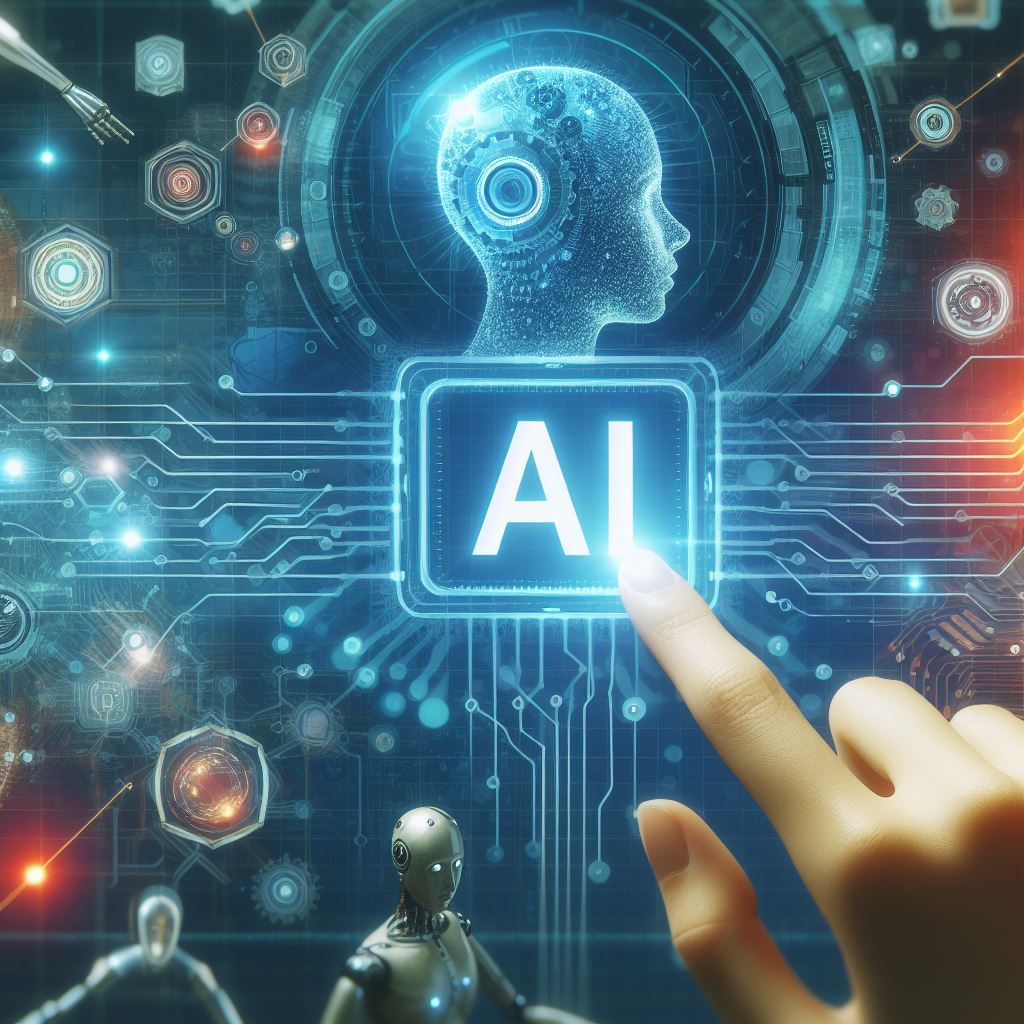Introduction:
In the ever-evolving field of artificial intelligence (AI), generative AI is standing out as a transformative force, heralding a new era of innovation and creativity. Unlike traditional AI systems that rely on analyzing existing data, generative AI takes a leap forward by creating entirely original content, spanning text, images, videos, and even code. It envisions a virtual artist—an AI muse—that crafts unique masterpieces without prior training. Let’s delve into the intricacies of generative AI, exploring its mechanisms, applications, and the trends that are shaping its future.
Understanding Generative AI
At its core, generative AI operates through sophisticated machine learning techniques, particularly leveraging deep learning models like transformers. These models, exemplified by the renowned GPT (Generative Pre-trained Transformer) series, undergo training on extensive datasets, enabling them to generate new data that seamlessly integrates with existing content and often mirrors human-created material. This process is facilitated by self-attention mechanisms, allowing the AI to comprehend the holistic context of the input, thereby producing outputs that are both coherent and nuanced.
A Brief History of Generative AI
The inception of Generative AI can be traced to the nascent days of artificial intelligence research. It vaulted into the spotlight with the advent of Generative Adversarial Networks (GANs) in 2014, a seminal innovation credited to Ian Goodfellow. GANs are composed of dual neural networks—the generator and the discriminator—that partake in a dynamic contest. The generator’s role is to craft content, such as imagery, while the discriminator’s function is to assess its verisimilitude. As the process unfolds, the generator hones its prowess in fabricating lifelike content. Presently, generative AI spans a multitude of technologies, including but not limited to natural language processing (NLP) and computer vision
The Impact of Generative AI
Generative AI’s influence is profound and multifaceted:

1. In the Realm of Creativity:
- Art and Design: Generative AI acts as a catalyst for creativity, enabling the conception of digital masterpieces that could adorn virtual galleries, mesmerizing a global audience. It partners with human artists to create everything from intricate fractal designs to expansive, otherworldly scenes.
- Music Composition: Pioneering AI tools in music are composing pieces that fuse classical motifs with avant-garde sounds. Musicians are now teaming up with AI to venture into previously unexplored sonic landscapes.
2. In the Sphere of Business:
- Content Generation: Generative AI is transforming the landscape of content generation, automating the creation of diverse materials ranging from promotional narratives to comprehensive financial summaries. This allows marketing teams to receive bespoke ad content, freeing up human talent for higher-level conceptual work.
- Dynamic Pricing: In the retail sector, generative AI is employed to adapt pricing strategies in real-time, informed by market dynamics. Such algorithms are designed to fine-tune pricing for optimal revenue, taking into account the fluctuating demand.
3. Transforming the Tech Industry:
- Automated Coding: Generative AI is making waves in software development by generating code segments, thereby enhancing productivity and minimizing the need for manual coding. Envision an AI that not only scripts code but also conducts testing, pinpointing potential flaws and security gaps.
- AI-Powered Software Testing: Beyond mere code creation, AI is equipped to emulate user interactions, rigorously test software, and pinpoint exceptional scenarios, thereby expediting the software development process.

Trends Shaping the Future of Generative AI
As we look to the future, several key trends are emerging in the generative AI space:
1. AI-Driven Creativity:
- Generative AI is becoming a collaborator in the creative process. Imagine an AI artist suggesting novel color palettes, experimenting with brush strokes, or composing poetic lines.
- Hybrid Creations: Artists and AI co-create, blurring the lines between human and machine creativity. The result? A fusion of imagination and algorithmic precision.
2. Personalized Experiences:
- With the ability to understand and adapt to individual preferences, generative AI is personalizing user interactions across various platforms. Imagine an AI chatbot that tailors responses based on a user’s unique communication style and preferences.
- Customized Content: News articles, product recommendations, and social media feeds—all personalized by AI algorithms.
3. Multimodal Capabilities:
- The integration of different data types, such as text and images, is enabling more comprehensive and sophisticated AI applications. Imagine an AI system that can describe an image in natural language, generate captions, and even create visual art inspired by the same image.
- Cross-Modal Creativity: AI that composes music based on a painting or generates a poem from a photograph.
4. Accessibility and Democratization:
- Advances in AI are making these powerful tools more accessible to a wider audience, fostering innovation and creativity. Imagine a world where non-technical users can harness generative AI to solve complex problems without writing a single line of code.
- Low-Code Platforms: Companies are developing user-friendly platforms that allow individuals with minimal coding experience to create AI models. These platforms abstract away the complexities, enabling users to focus on their domain expertise rather than intricate algorithms.
- AI for All: Generative AI democratizes creativity. Imagine a high school student using an intuitive interface to design a custom font, generate personalized poetry, or create unique digital art—all powered by AI.
5. Ethical Considerations:
- As generative AI becomes more prevalent, ethical concerns around authenticity and copyright are coming to the forefront. Imagine an AI-generated novel winning a literary award—how do we attribute authorship?
- Transparency: AI-generated content should be transparently labeled. Users deserve to know whether they’re interacting with a human or an algorithm.
- Bias Mitigation: Addressing biases in training data is crucial. Imagine an AI chatbot unintentionally perpetuating stereotypes due to biased data.
- Copyright Challenges: How do we handle copyright when AI generates content inspired by existing works? Imagine an AI artist remixing famous paintings into entirely new compositions.
The Challenges Ahead
Despite its promise, generative AI faces several challenges:
1. Ethical Application:
- The imperative for ethical application of generative AI is critical. Consider the potential for AI to fabricate news or generate convincing deepfakes.
- Regulatory Frameworks: It is essential for a concerted effort among legislators, scholars, and industry experts to forge regulatory frameworks that oversee the creative outputs of AI.
2. Safeguarding Against Misuse:
- The potential for generative AI to be leveraged for detrimental purposes is a significant concern. Picture scenarios where AI-generated spam overwhelms social media platforms or where fabricated documents are produced with nefarious intentions.
- Security Measures: It’s crucial to implement stringent security measures to prevent such misuse. Consider an AI chatbot that, without proper safeguards, might inadvertently reveal sensitive data.
3. Bias Mitigation:
- Inherent biases in training data can seep into the content produced by AI, potentially perpetuating stereotypes. Picture an AI system inadvertently perpetuating gender biases.
- Inclusive Data Sets: The development of inclusive and varied data sets is imperative. Visualize an AI language model that comprehends and articulates regional dialects with precision.
In Conclusion: The Transformative Power of Generative AI
The advent of generative AI transcends its role as a mere technological feat; it is a transformative force across various sectors. As we step into this new era of AI, responsible innovation becomes paramount. Generative AI, poised to be a beneficial tool, augments human creativity and productivity. Imagine a future where the synergy between AI and human ingenuity sets new paradigms of possibility—a harmonious composition played by both human and artificial intelligence.


